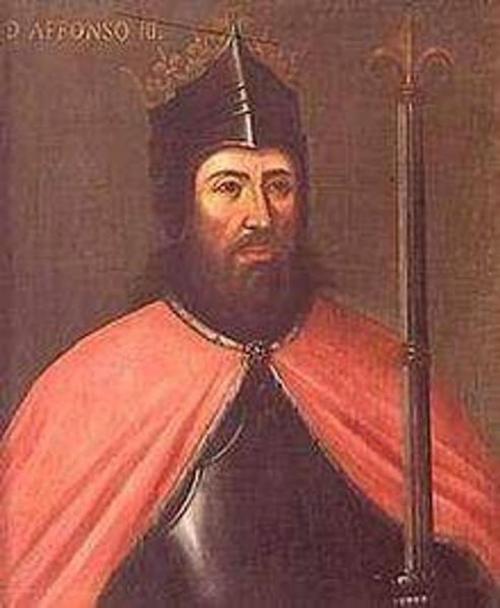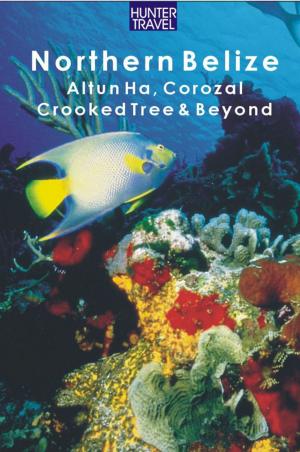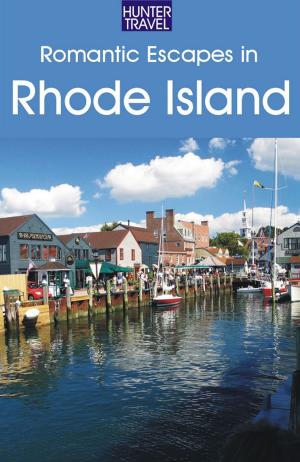| Author: | Norman Renouf | ISBN: | 9780935161908 |
| Publisher: | Hunter | Publication: | April 25, 2012 |
| Imprint: | Hunter | Language: | English |
| Author: | Norman Renouf |
| ISBN: | 9780935161908 |
| Publisher: | Hunter |
| Publication: | April 25, 2012 |
| Imprint: | Hunter |
| Language: | English |
Lisbons location, alongside the wide natural harbor of the Tagus river, has made it an important seaport for trade between the Mediterranean and northern Europe throughout the ages. These days Lisbon, naturally protected from the ravages of the nearby Atlantic Ocean, is one of the premier ports of Europe and, as such, is home to miles of docks, quays and dry docks capable of servicing even the largest of oil tankers. The Phoenicians colonized this area around 1200 BC, calling it Alis-Ubbo; the Greeks, in their turn, called it Olisipo; and then to the Romans, whose rule began in 205 BC, it was known as Felicitas Julia. They connected it by road to the important Spanish towns on the Iberian Peninsula, and subsequently wealth began flowing to Lisbon. The Visigoths arrived next in the 5th century, and constructed the earliest fortifications on the site of the Castelo de São Jorge. With the assistance of the Northern Crusaders, Afonso I, after a four-month siege reconquered the city on October 25, 1147, renaming it Ascbouna, and for 300 years the city prospered as a trading market. Just over a century later, in 1255, Afonso III transferred the capital of Portugal from Coimbra to this city. The area to the west of Lisbon, both along the coast and just inland, all the way to the Cabo da Roca the westernmost place in Europe is full of diverse surprises. Lisbon itself is not on the coast, but is on the estuary of the Tagus river at the strategic point where it opens eastward into the huge natural harbor. Following the estuary west, the river widens out into the Atlantic Ocean, although the coastline is south-facing and protected from the full force of the sea. The first town of note is Estoril, which attracted royalty and the rich, earning itself the title of "Portuguese Riviera." Even today, although it is somewhat less splendid, it still has one of Europe´s grandest hotels that still attracts royalty and is home to Europe´s largest casino. A few kilometers west along the coast is Cascais, once a small fishing village that has, tastefully, transformed itself into a trendy, charming, little resort. Just past Cascais the coastline turns north and, on an almost permanent basis, strong winds cause massive waves to pound the coast and the wide open, remote, bays around Guincho which are famous for their wind sports. Looking down on Guincho from the huge cliffs to the north is the lighthouse that sends out its warnings from the Cabo da Roca. This highly detailed guide tells you everything need or want to know about Lisbon and the nearby coast - the history, the amazing sights, the activities, the best restaurants, the hotels, and much more.
Lisbons location, alongside the wide natural harbor of the Tagus river, has made it an important seaport for trade between the Mediterranean and northern Europe throughout the ages. These days Lisbon, naturally protected from the ravages of the nearby Atlantic Ocean, is one of the premier ports of Europe and, as such, is home to miles of docks, quays and dry docks capable of servicing even the largest of oil tankers. The Phoenicians colonized this area around 1200 BC, calling it Alis-Ubbo; the Greeks, in their turn, called it Olisipo; and then to the Romans, whose rule began in 205 BC, it was known as Felicitas Julia. They connected it by road to the important Spanish towns on the Iberian Peninsula, and subsequently wealth began flowing to Lisbon. The Visigoths arrived next in the 5th century, and constructed the earliest fortifications on the site of the Castelo de São Jorge. With the assistance of the Northern Crusaders, Afonso I, after a four-month siege reconquered the city on October 25, 1147, renaming it Ascbouna, and for 300 years the city prospered as a trading market. Just over a century later, in 1255, Afonso III transferred the capital of Portugal from Coimbra to this city. The area to the west of Lisbon, both along the coast and just inland, all the way to the Cabo da Roca the westernmost place in Europe is full of diverse surprises. Lisbon itself is not on the coast, but is on the estuary of the Tagus river at the strategic point where it opens eastward into the huge natural harbor. Following the estuary west, the river widens out into the Atlantic Ocean, although the coastline is south-facing and protected from the full force of the sea. The first town of note is Estoril, which attracted royalty and the rich, earning itself the title of "Portuguese Riviera." Even today, although it is somewhat less splendid, it still has one of Europe´s grandest hotels that still attracts royalty and is home to Europe´s largest casino. A few kilometers west along the coast is Cascais, once a small fishing village that has, tastefully, transformed itself into a trendy, charming, little resort. Just past Cascais the coastline turns north and, on an almost permanent basis, strong winds cause massive waves to pound the coast and the wide open, remote, bays around Guincho which are famous for their wind sports. Looking down on Guincho from the huge cliffs to the north is the lighthouse that sends out its warnings from the Cabo da Roca. This highly detailed guide tells you everything need or want to know about Lisbon and the nearby coast - the history, the amazing sights, the activities, the best restaurants, the hotels, and much more.















